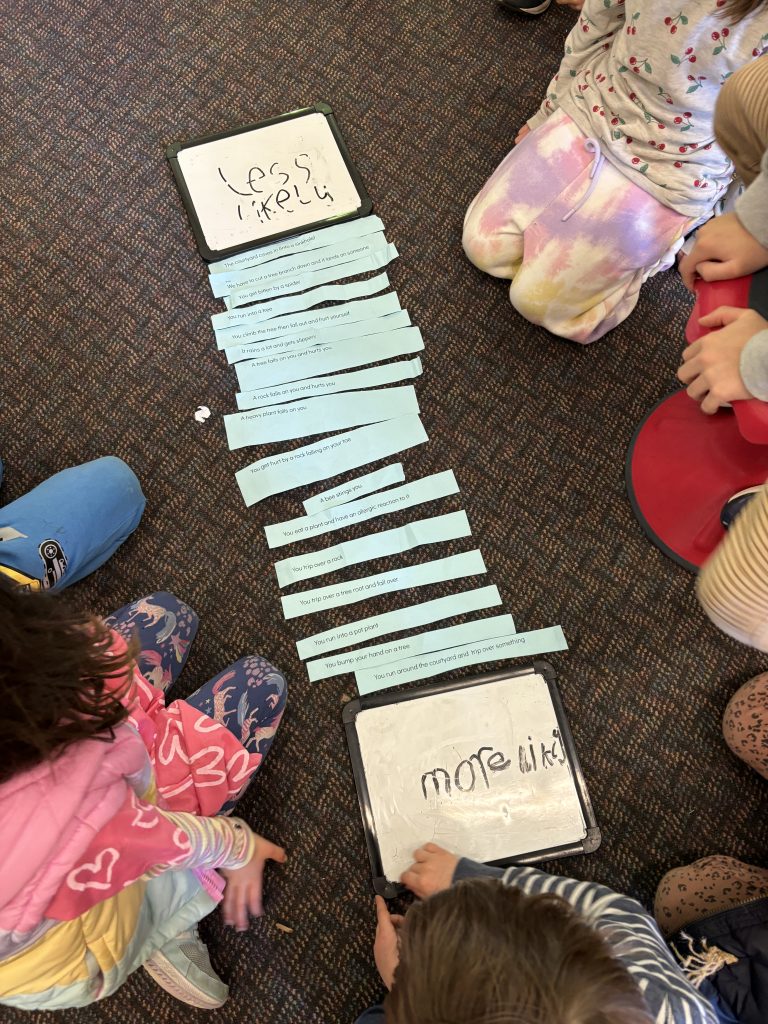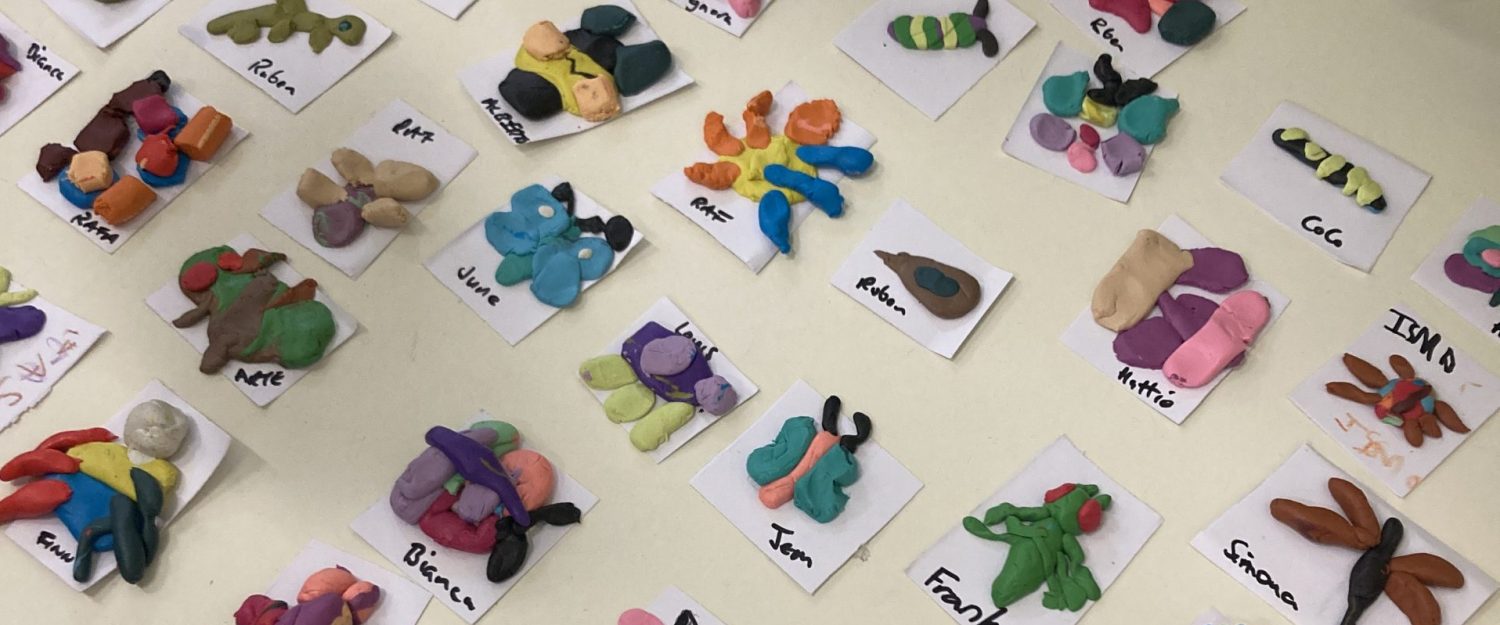What an amazing day we all had at CERES! Thanks to our facilitators, James and Harriet, we learned all about the water cycle, how to make a bee bath, observing and caring for Country, how to make a Warrigal greens seed pod, and how to find minibeasts in the wetlands. This has been a valuable experience as we continue in the ‘apply’ stage of our inquiry and start to plant out our courtyard with the designs we have made. Everyone did an excellent job of walking to the tram stop, putting our road safety skills into practise. We even had a little bit of time to play in the playspace, which I think was a highlight for many. A big thank you to all of the volunteer helpers who accompanied us on our journey: Louisa, Duncan, Justin, Lindan, Keith, Michael, Julie, Andrew, Jess and Yesh.
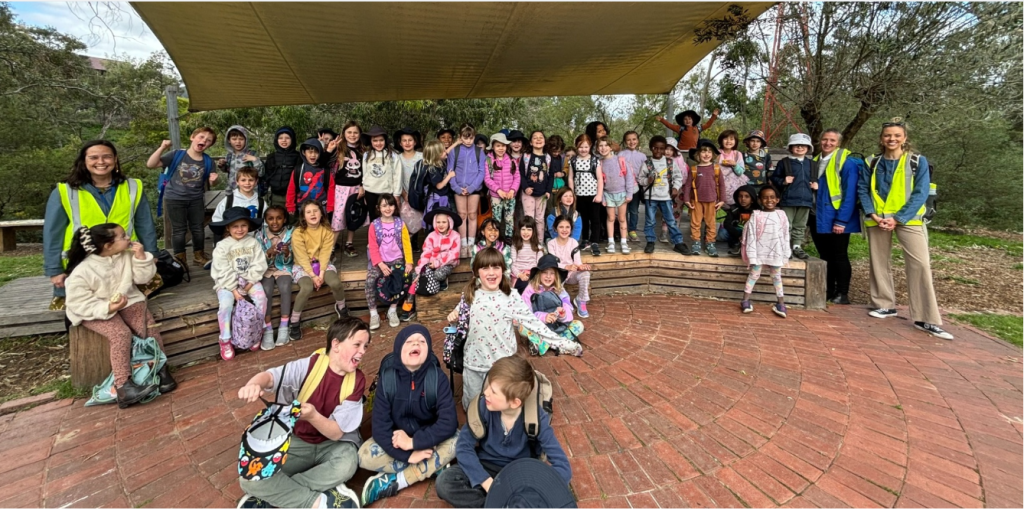
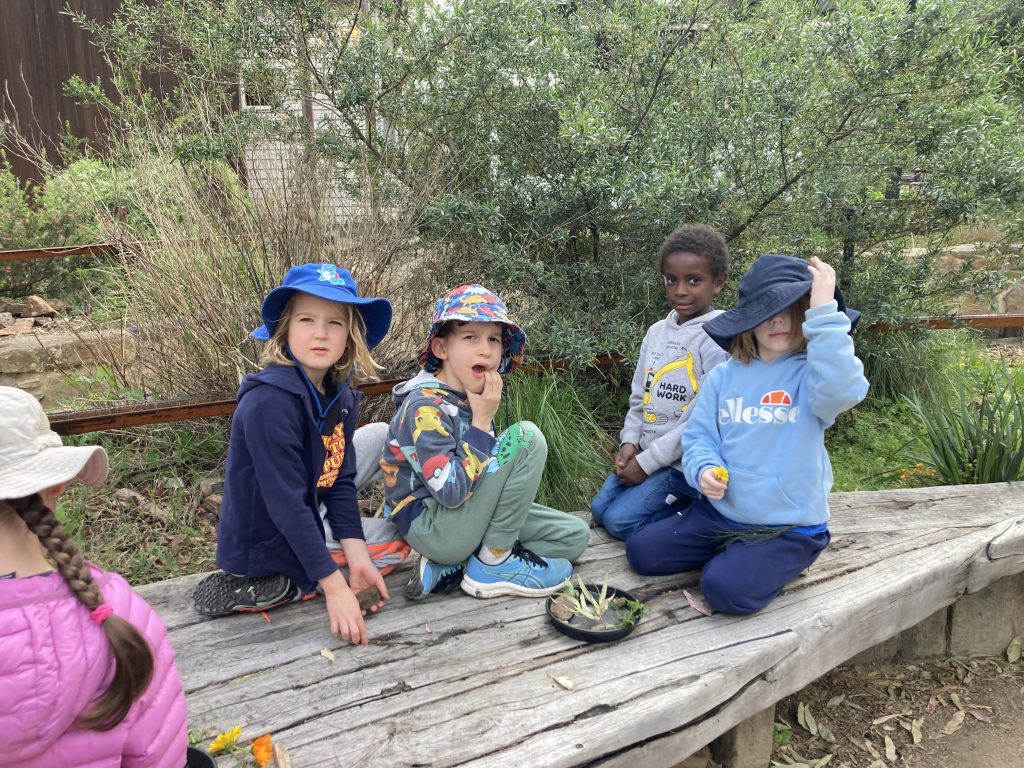
The project courtyard has shown promising progress, with the children enthusiastically applying their recently acquired knowledge of arrays and various planting techniques to enhance the area’s biodiversity. Their focus on understanding the needs of various plant species is intriguing. Moreover, children actively care for urban animals in our living environment. They are taking a keen interest in exploring and researching animal habitats in urban settings, intending to formulate specific research questions to delve deeper into understanding these animals and their unique urban adaptations.
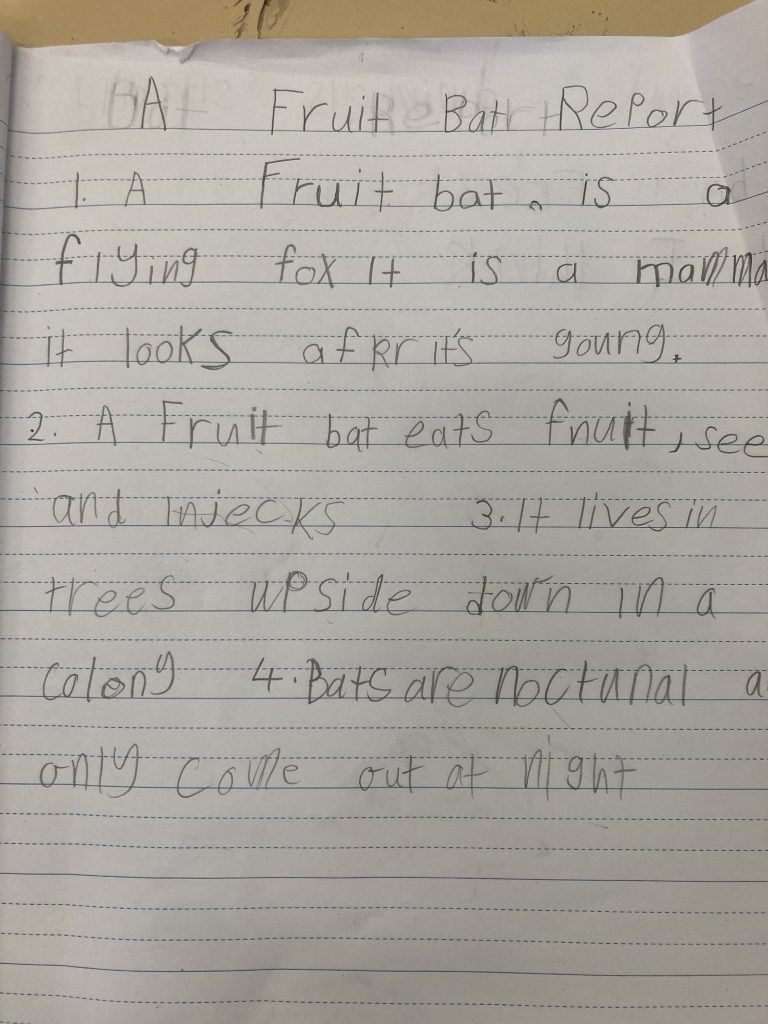
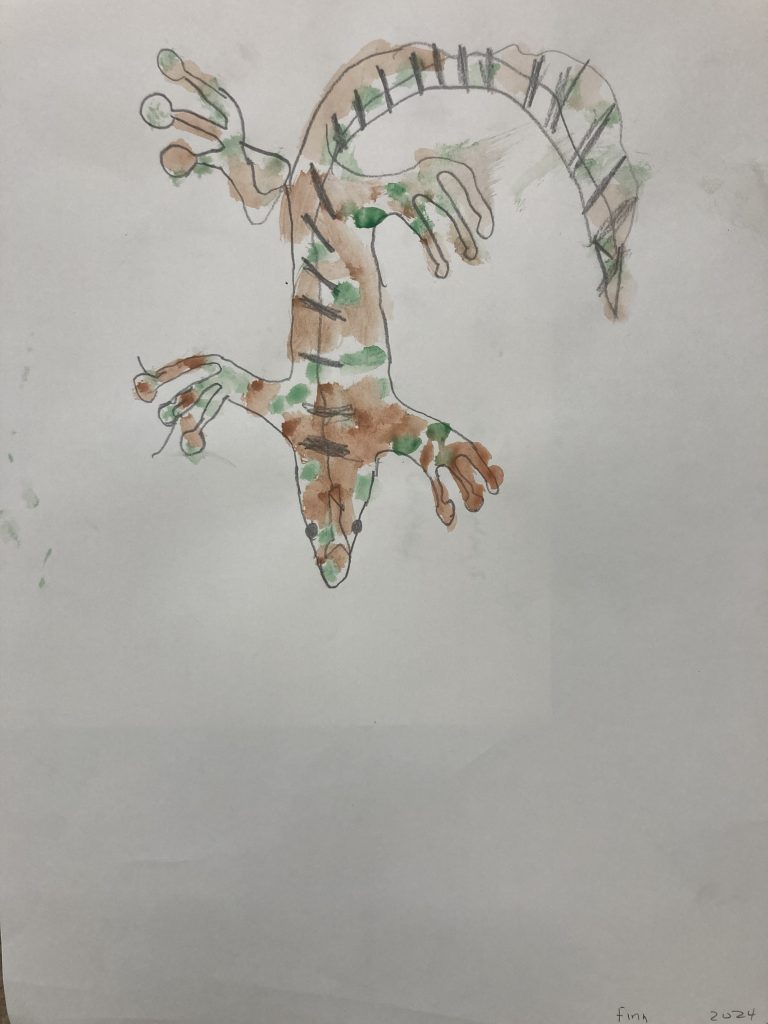
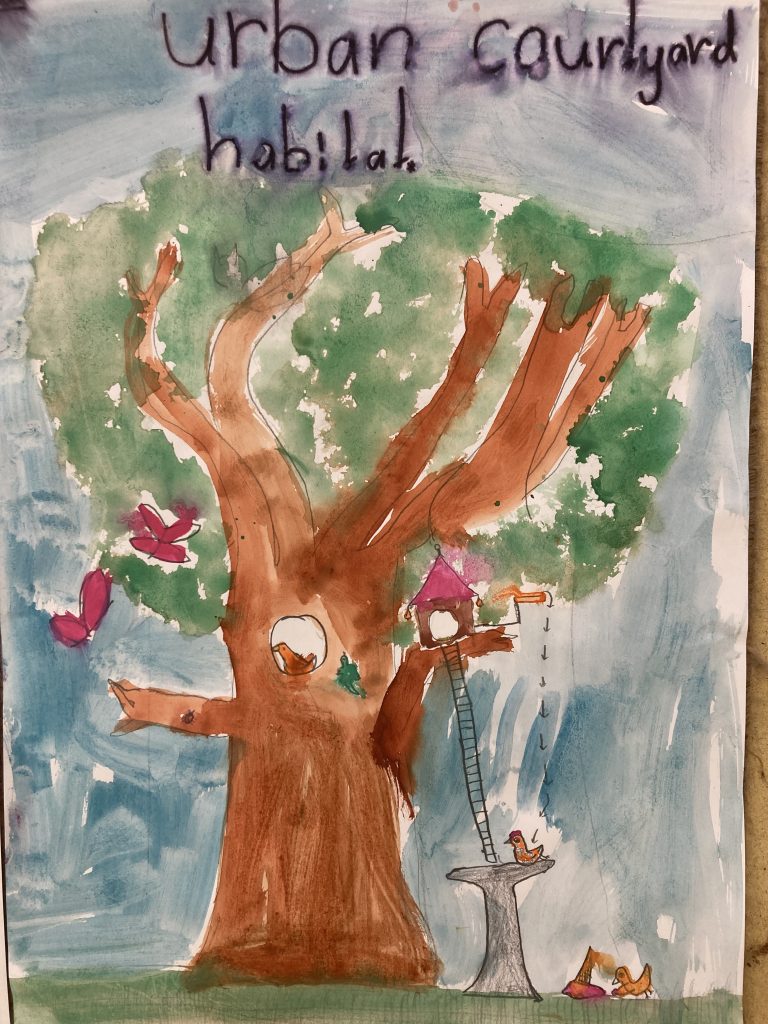
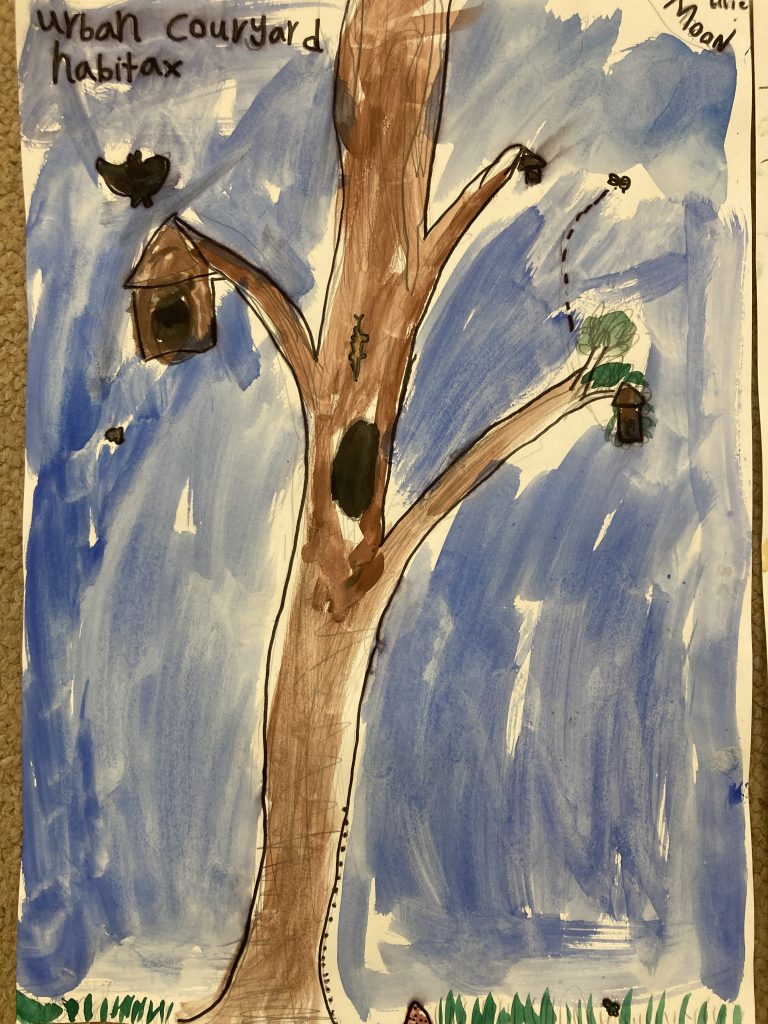
Students have been learning about the value of water as a precious resource and that it is everyone’s responsibility to care for it to ensure we have enough now and into the future. They have learnt that water is essential for maintaining natural ecosystems. Students have learnt about the importance of water through the story “By the Billabong” and have written about how they can help take care of water.
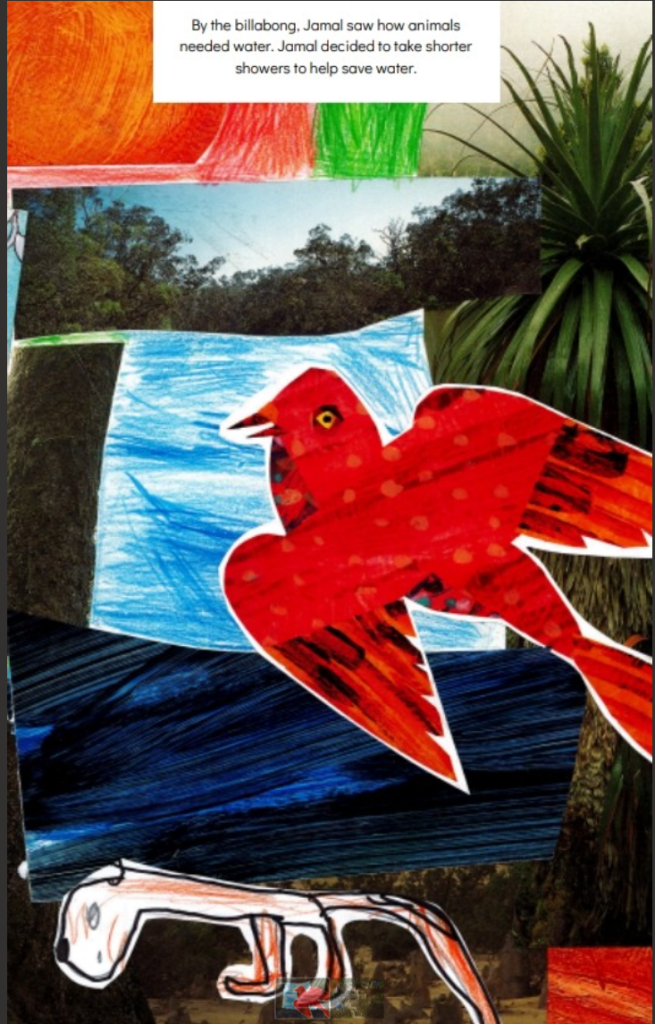
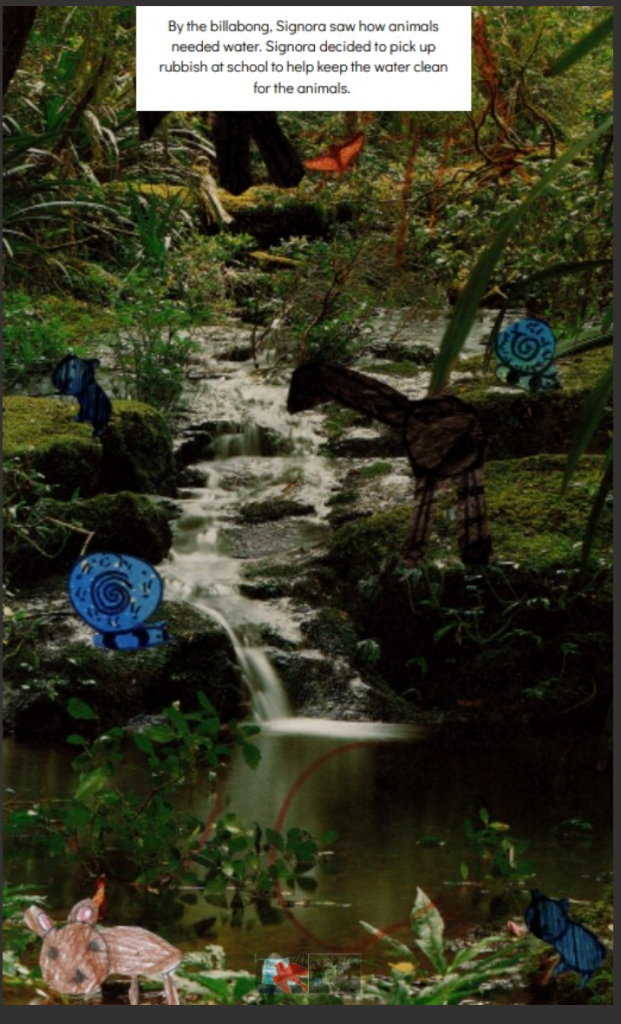
Students have begun exploring root systems, how they work, how they vary, and what they need. They have started exploring the roots of the trees in our courtyard and will continue with this focus this term. They will document their findings on a year-level mural. This mural will include detailed root systems, soil and its variations, soil-dwelling creatures, tree bark, branches, leaves, and those living in or frequenting the trees.
Students revisited the identified risks in the courtyard and controls to put in place to manage these. They completed the risk assessment for the courtyard space, looking at the likelihood of specific risks taking place and measures to control them. In Wellbeing, students will look at identity and comparing personal preferences, along with revisiting the school values and how this apply to our personal conduct.
